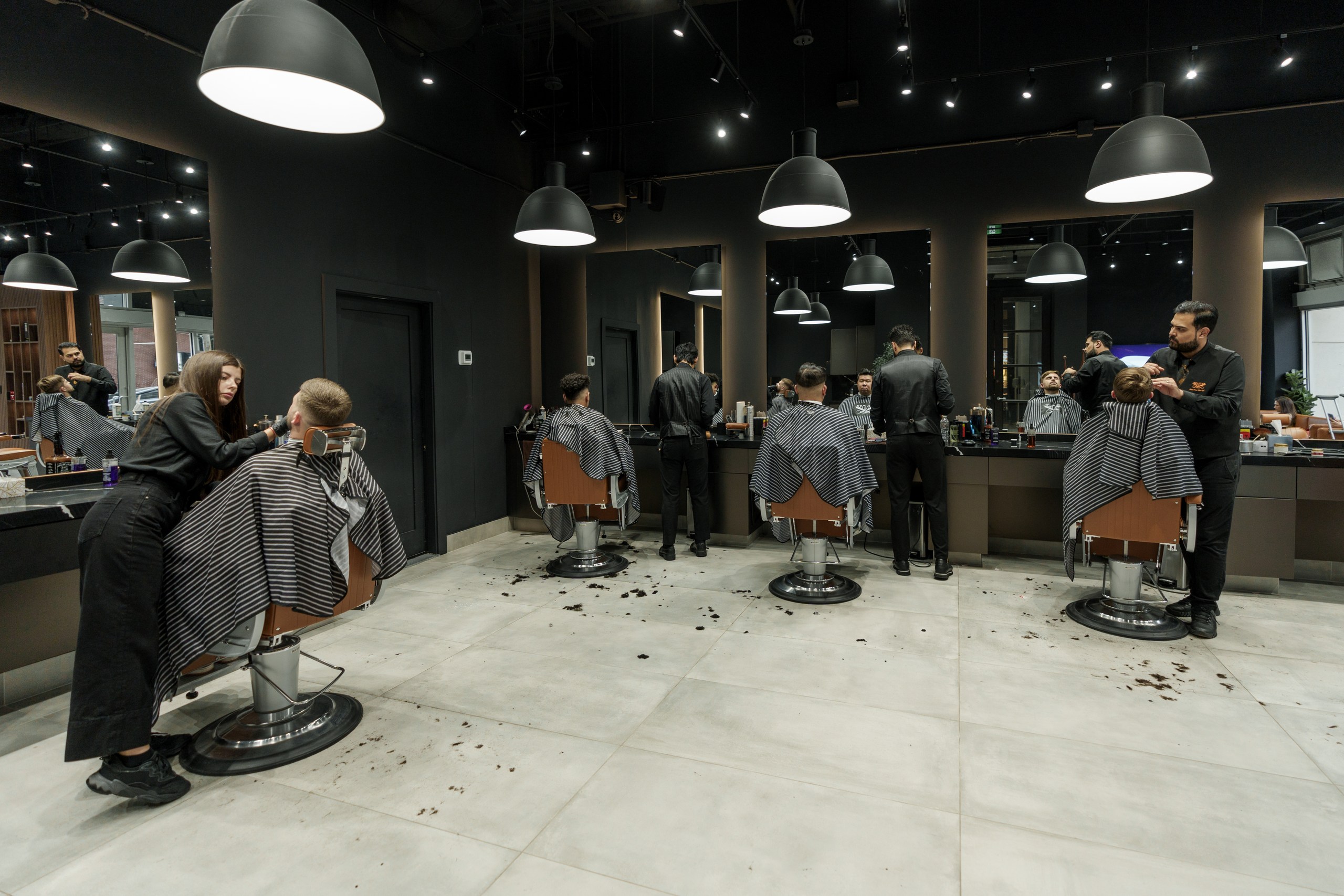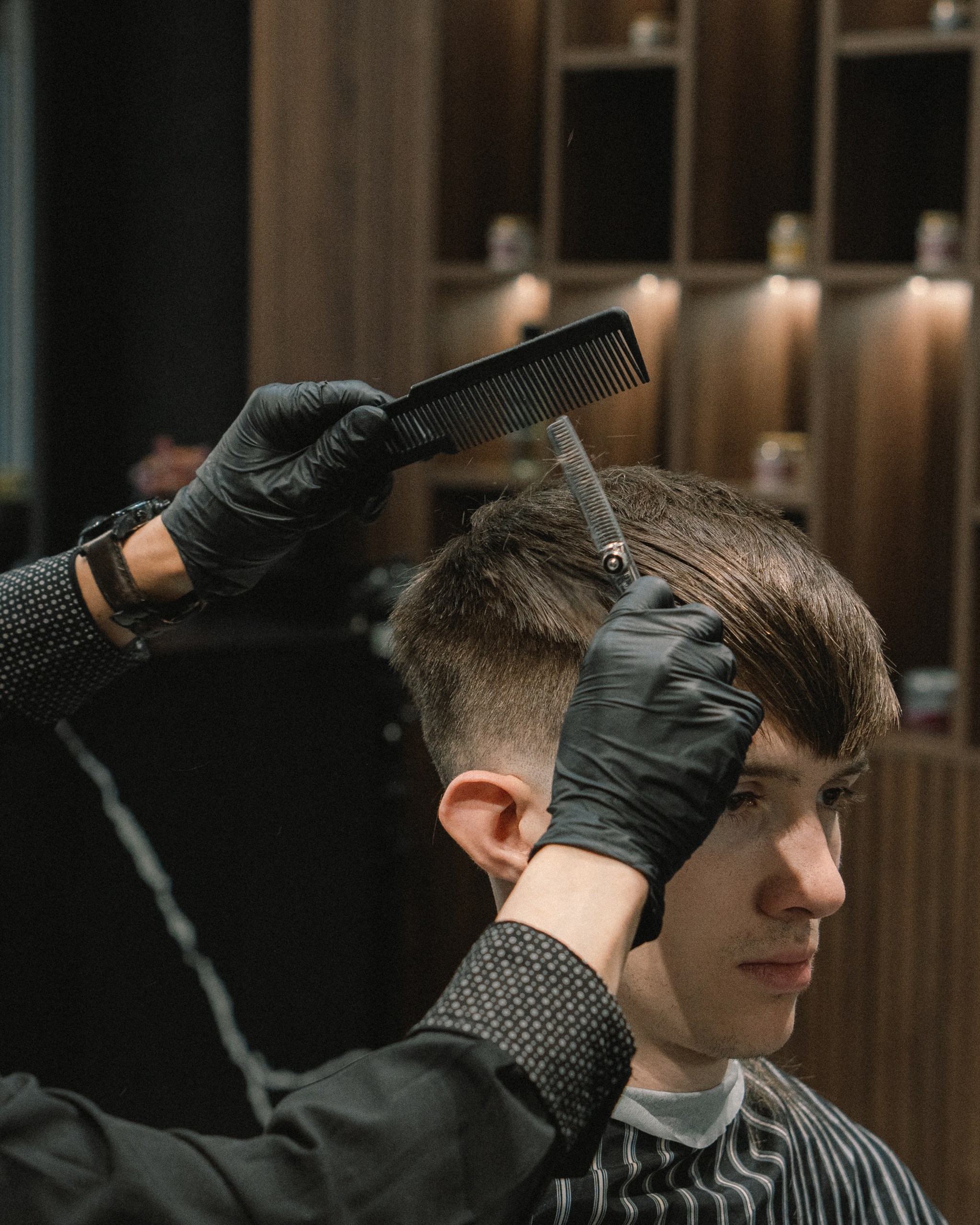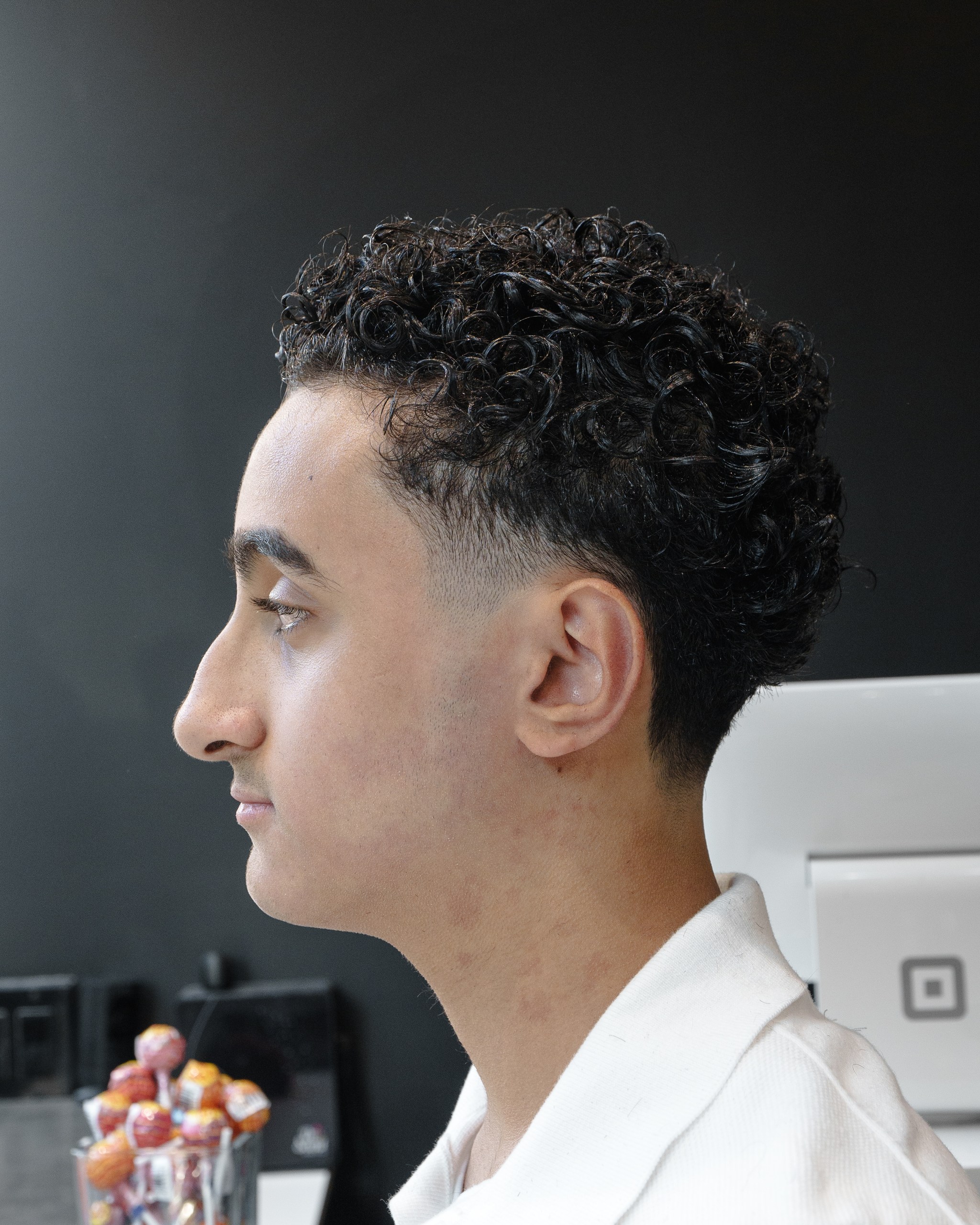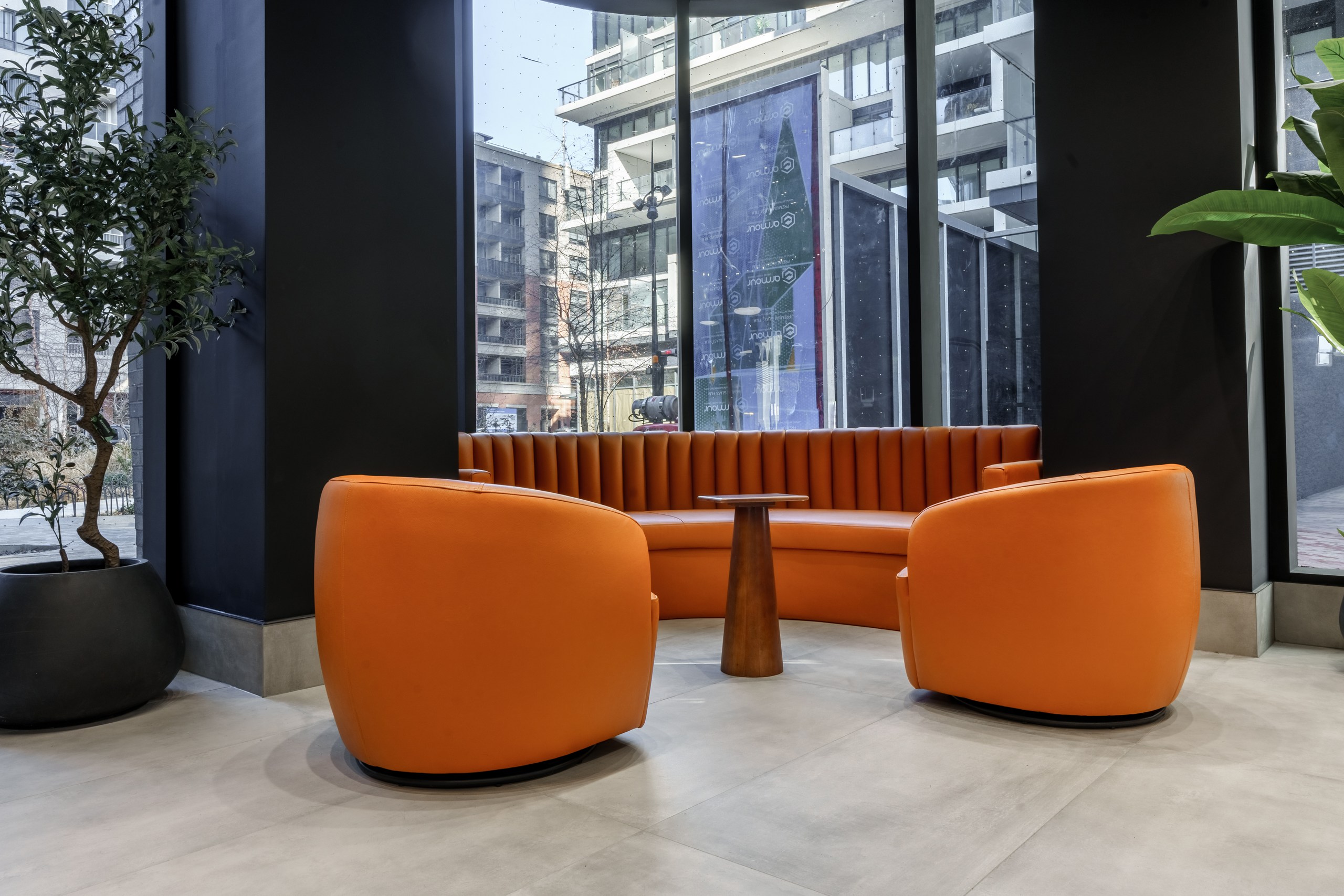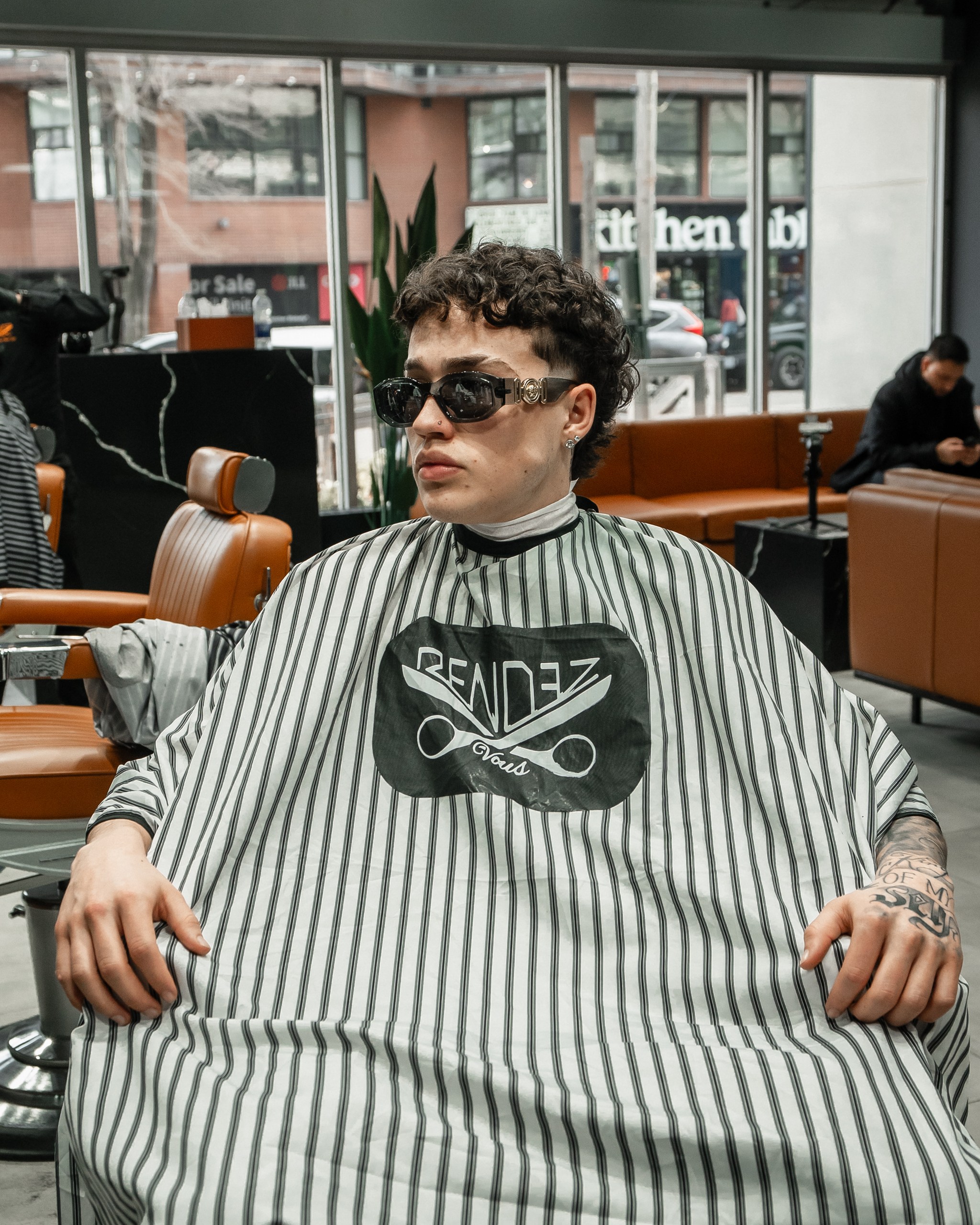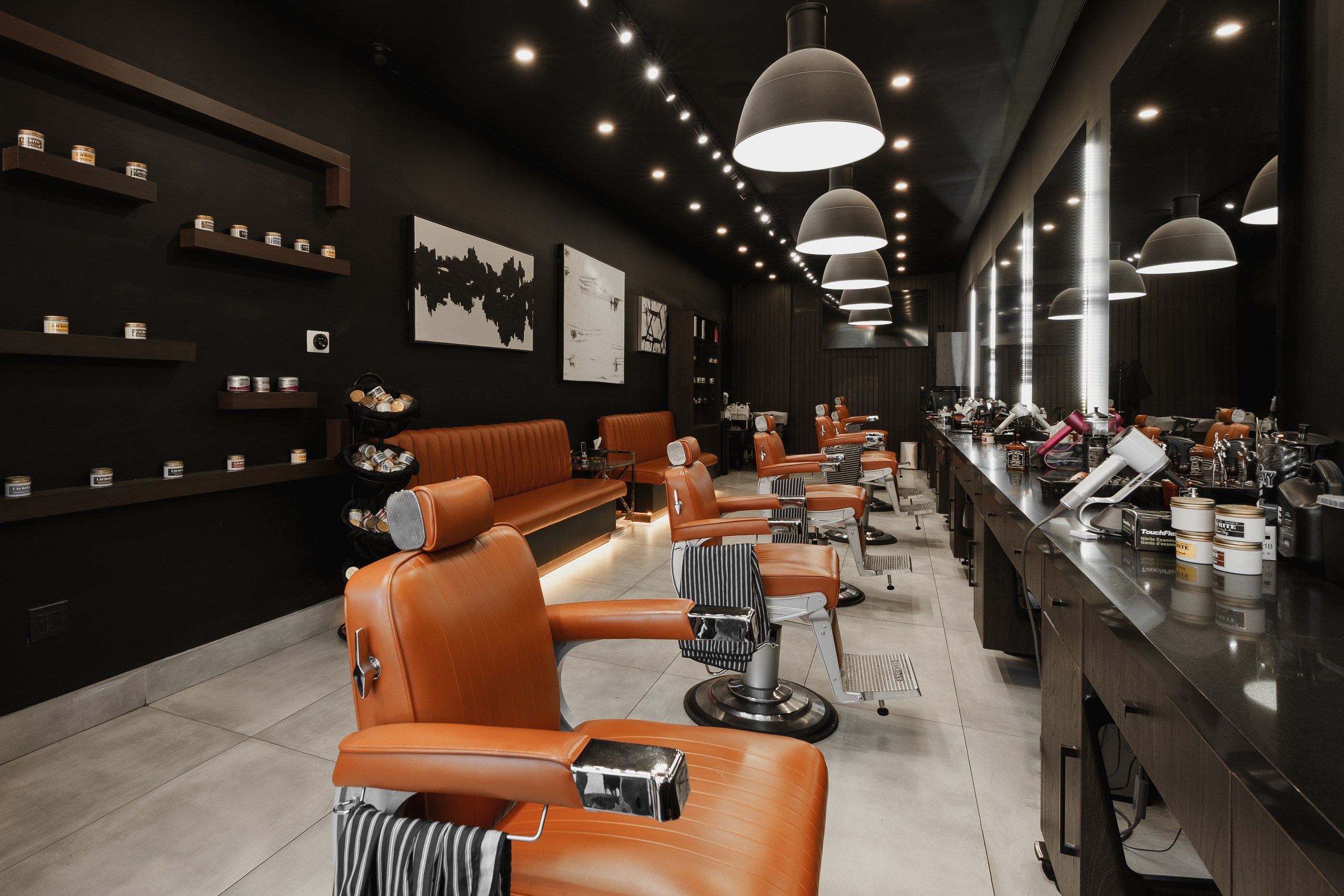Picture walking into a Toronto barbershop in 2004. You'd see worn vinyl chairs, sports playing on a grainy TV, stacks of outdated magazines, and maybe three guys ahead of you. You'd wait your turn, sit down, get a straightforward cut in 15 minutes, pay $15 cash, and leave. The whole experience was transactional, predictable, and cheap.
Now walk into a modern Toronto barbershop. Some still take walk-ins, but many require bookings weeks in advance. The space looks like it was designed by an architect. Your barber has 40,000 Instagram followers. Your cut takes 45 minutes and costs $60. Someone offers you espresso while you wait.
What the hell happened?
At Rendezvous Barbers, we've lived through this transformation. The changes go way beyond just inflation making everything more expensive. The entire industry reimagined itself, and Toronto's barbering scene today barely resembles what existed two decades ago.
When $15 Could Get You a Decent Cut
Let's start with the obvious – money. In 2004, most Toronto barbershops charged $12-18 for a standard men's cut. Today, that same service runs $40-70 depending on where you go and who's cutting.
Before you blame inflation, do the math. General inflation would put that $15 cut at about $23 today. Instead, it's often triple that. So what's driving the real increase?
Toronto rents went absolutely insane. A shop paying $2,000 monthly rent in 2004 might pay $6,000-8,000 today in the same location. That's not inflation – that's Toronto real estate doing what Toronto real estate does. Those costs get passed directly to customers.
But it's more than just rent. The actual service changed fundamentally. That 15-minute basic cut became a 45-minute experience with consultation, precision work, detailed finishing, and styling. More time per client means fewer clients per day, which means higher prices to make the economics work.
The shift from "I need a haircut" commodity service to "I want to look good" premium experience also justified higher pricing. Barbershops started competing on quality, atmosphere, and experience rather than just being the closest option to your house.
The Booking Evolution
The way guys get haircuts changed significantly, though not uniformly across Toronto. Many shops still operate walk-in or offer same-day appointments, but the industry moved heavily toward scheduled bookings.
Online booking systems emerged in the 2010s and became increasingly common. Clients could browse barber portfolios, see available times, and book from their phones. Shops that adopted these systems found they could manage capacity better and reduce wasted time.
COVID accelerated this shift dramatically. Appointment requirements that were optional in 2019 became mandatory in 2020, and many shops kept appointment-based systems afterward because they'd rebuilt their operations around them.
The result is a split landscape. Some shops maintain traditional walk-in service, while others operate strictly by appointment. Popular barbers at any shop often book weeks in advance regardless of the shop's general policy, creating wait times that didn't exist in the more egalitarian 2004 barbershop environment.
From Haircuts to "Services"
The 2004 barbershop menu was dead simple: haircut, maybe a shave, possibly a beard trim. That was it.
Today's menu reads like a restaurant offering. Low fade, mid fade, high fade, skin fade, taper fade, burst fade, drop fade – and those are just fade variations. Each has technical differences and often different pricing.
Beard services evolved from "trim it shorter" to detailed sculpting with multiple techniques and price points. The straight razor shave went from dying tradition to premium $70 service that shops prominently advertise.
Then color services invaded barbershops in the mid-2010s. Stuff that was strictly salon territory – gray blending, fashion colors, highlights – became standard barbershop offerings. This blurred the line between barbering and hairstyling in ways that would have seemed bizarre in 2004.
Some barbers built entire practices around single specialties. Instead of doing everything competently, they became known specifically for fades, or color work, or long hair. Specialization that didn't really exist 20 years ago became the norm.

Instagram Changed Everything
Technology transformed barbering more in 20 years than in the previous century, and social media did most of that heavy lifting.
In 2004, barbers attracted clients through location, word of mouth, and maybe a Yellow Pages ad. Marketing was simple and local. By 2024, your Instagram presence matters more than your physical location. Barbers with strong social media can operate from basement spaces and stay fully booked while prime-location shops with weak online presence struggle.
Instagram particularly rewrote the rules. Before-and-after photos became the primary marketing tool. Barbers who could photograph their work well and build followings attracted clients from across the city. Some barbers became local celebrities with tens of thousands of followers.
This created a weird dynamic where photography skills and social media savvy became almost as important as cutting ability. The best technical barber in Toronto could struggle if they couldn't showcase their work online, while mediocre barbers with great Instagram game could stay busy.
Online booking systems replaced phone calls and paper appointment books. Payment went from cash-only to tap-and-go. Communication shifted from calling the shop to DMing your barber directly. The entire client-barber relationship now often exists primarily through digital channels.
Toronto Got More Diverse, Barbering Got Better
Toronto's demographic transformation over 20 years dramatically enriched the barbering landscape. The techniques, styles, and approaches that came with immigration from around the world made Toronto barbering more sophisticated and diverse.
Middle Eastern barbers brought precision beard work and threading. Caribbean shops introduced styles and techniques that mainstream Toronto barbering had ignored. South Asian barbers expanded the range of services and approaches available. This diversity created cross-pollination where techniques from different traditions merged into new hybrid approaches.
Cultural attitudes toward male grooming shifted dramatically. What was seen as vain or unnecessary in 2004 became expected by 2024. Professional and social contexts increasingly judge men on grooming standards that would have seemed excessive two decades ago. This cultural shift expanded the market and raised the bar for what constituted acceptable presentation.
Barbering Became a Real Career
The image transformation from trade work to skilled profession changed everything about who entered barbering and why.
In 2004, barbering was working-class work with limited upside. You could make decent money, but it wasn't a path to wealth or status. By 2024, successful barbers could earn six figures and achieve celebrity status in their communities. This changed who saw barbering as a viable career option.
The rise of barber influencers created a new phenomenon. Barbers with large social media followings could leverage that into brand partnerships, product lines, and business opportunities beyond just cutting hair. Success paths emerged that didn't exist 20 years ago.
Education and skill expectations increased significantly. While basic licensing requirements didn't change much, the actual ability level needed to work in competitive Toronto shops rose dramatically. Continuing education, specialized training, and constant skill development became necessary rather than optional.
COVID Reset Everything
The pandemic compressed years of industry evolution into months, permanently changing dynamics that might have taken another decade to shift otherwise.
Capacity restrictions under public health orders meant shops needed to charge more per appointment to survive with fewer clients. These price increases stuck even after restrictions ended, permanently resetting what clients expected to pay.
Social media importance intensified when physical marketing became impossible. Maintaining client relationships during closures meant Instagram became the primary communication channel. This permanently elevated social media's role in barbering business.
The weird silver lining was that forced closures let the industry reset. Bad shops that were barely surviving closed permanently. Skilled barbers who'd been undercharging their services realized they could command higher prices. The overall quality bar rose because marginal operators couldn't survive the disruption.
The Price of Premium Everything
Modern barbering's transformation into premium service created real tradeoffs that aren't always acknowledged.
Better environments, better tools, better products, and better-trained barbers produce genuinely better results. The average haircut quality in Toronto today exceeds what was typical in 2004. But this quality came with accessibility costs.
The guy who could afford a $15 cut in 2004 might struggle with a $50 cut in 2024, even accounting for wage increases. Barbering became less accessible to lower-income clients as the industry professionalized and premiumized.
This created market segmentation that didn't really exist before. Budget cuts, mid-range services, and premium experiences occupy distinct tiers with different clientele and economics. The 2004 landscape where most shops occupied similar positions and price points disappeared.
The Bottom Line
Toronto barbering in 2024 barely resembles its 2004 version beyond the basic function of cutting men's hair. The transformation encompasses everything from pricing to technology to cultural expectations to career prospects.
These changes created opportunities for skilled barbers to earn better livings and achieve recognition that wasn't possible before. But the industry also became less accessible as costs and complexity increased.
Understanding this evolution helps explain why barbering looks and costs the way it does today. The changes weren't arbitrary – they responded to economic forces, cultural shifts, and technology changes reshaping Toronto and service industries generally.
Book your appointment today and see how two decades of evolution transformed the simple haircut into something much more comprehensive. For barbering that bridges where we came from and where we're going, visit Rendezvous Barbers.


